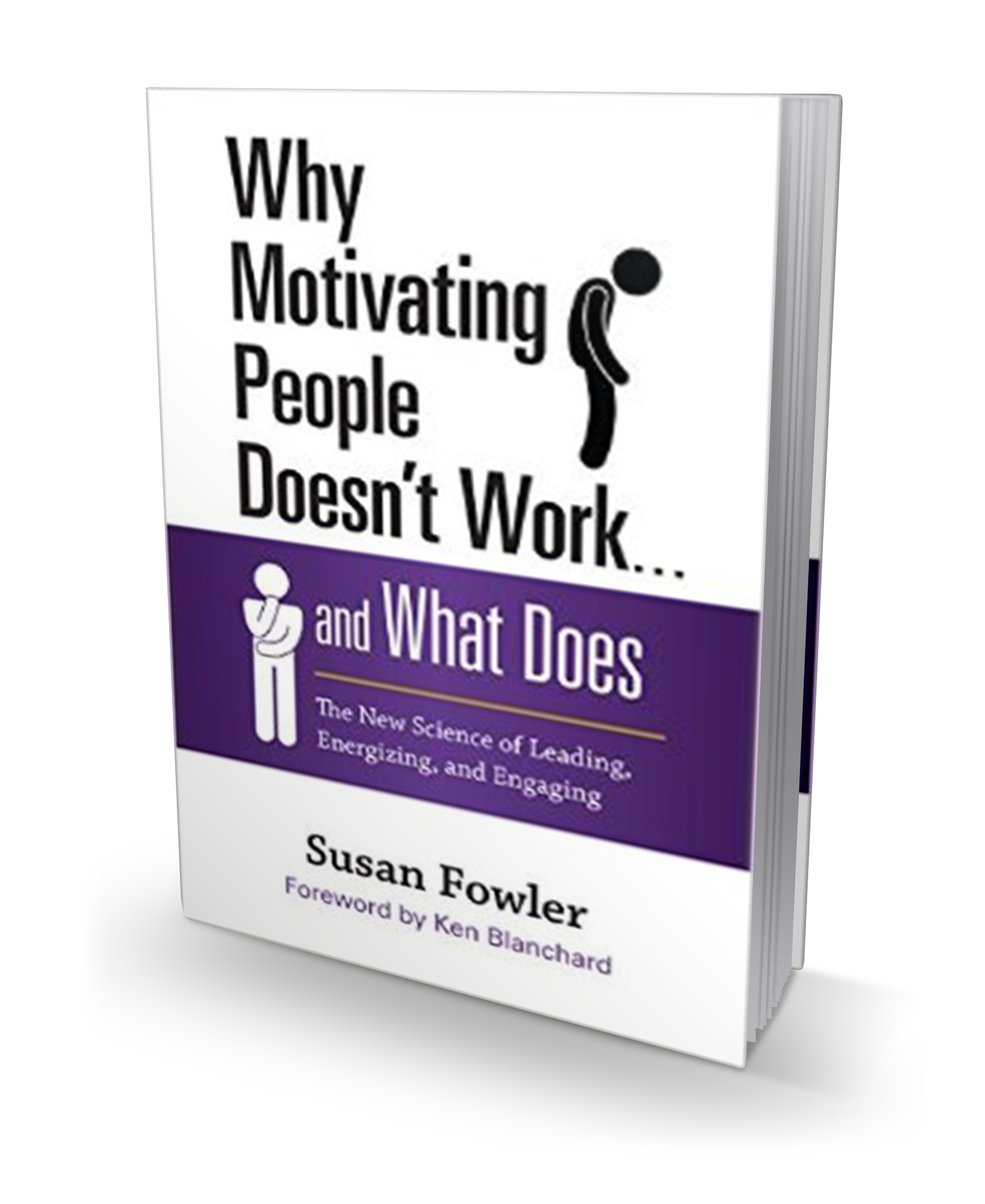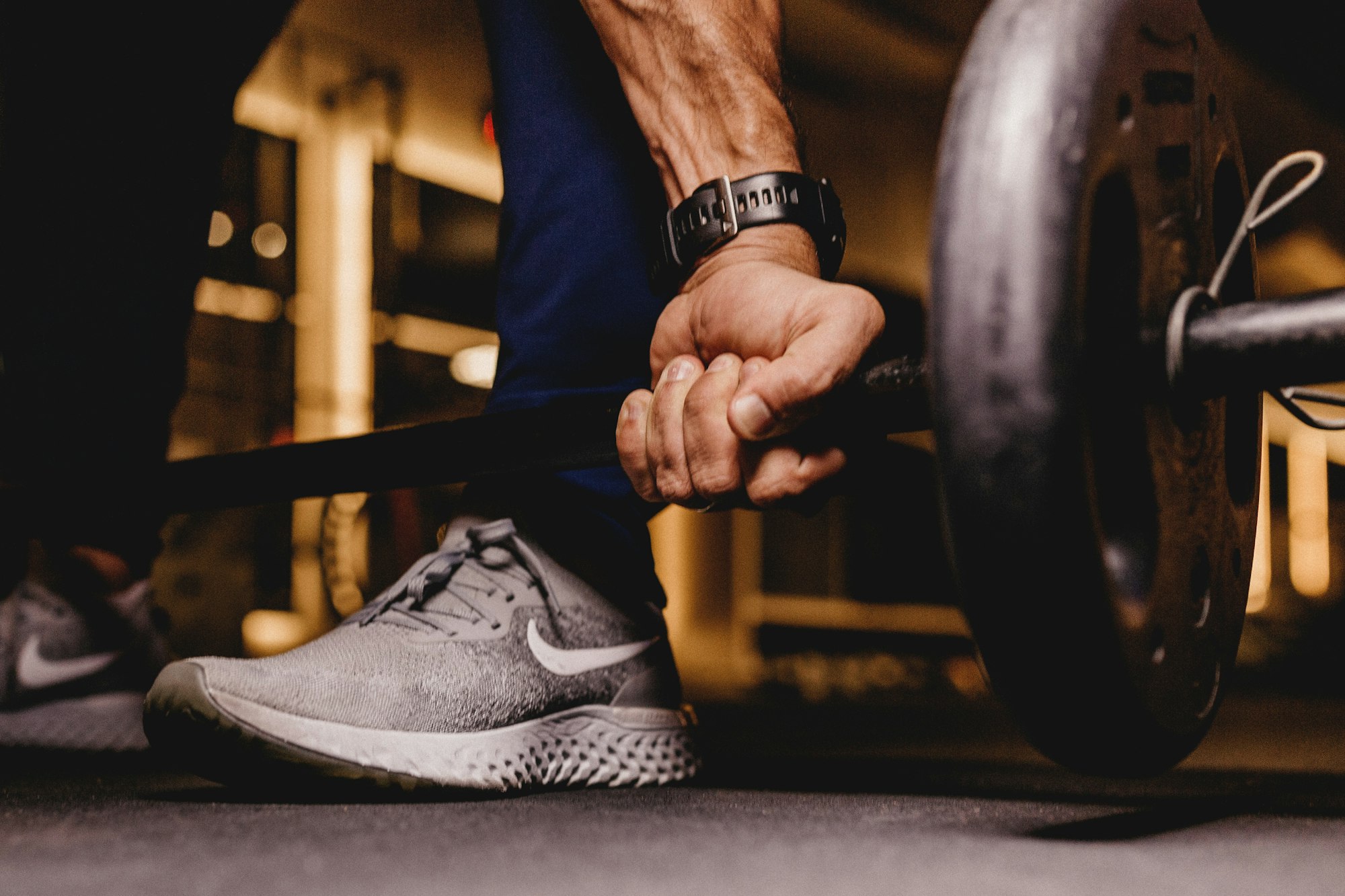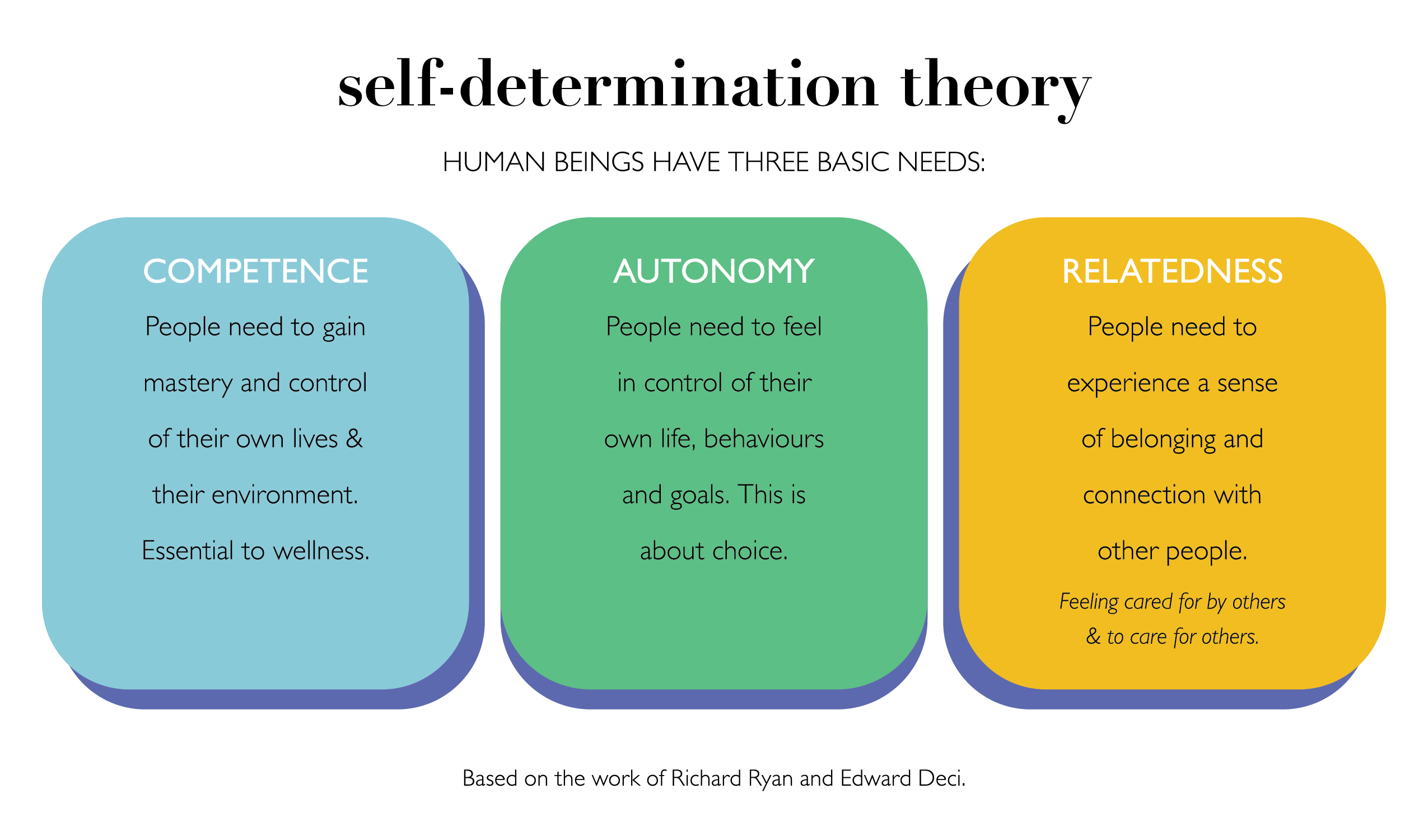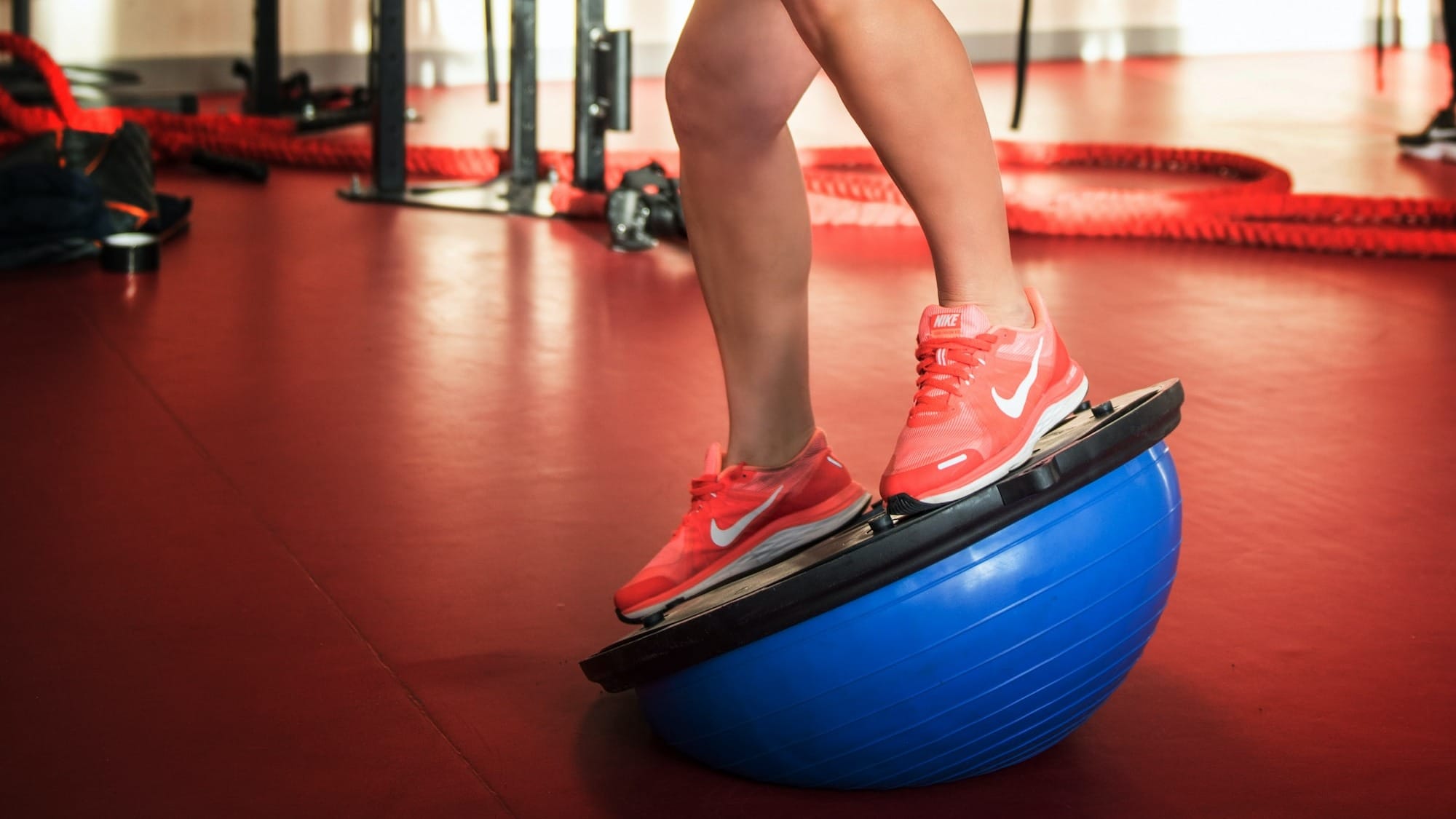As strength and conditioning coaches, we spend years in educational systems and weight room internships honing our technical lifting skills, mastering the art and science of developing training plans, and dissecting the intricacies of advanced biomechanics.
In addition to the hard sciences of strength and conditioning, we focus ample time in developing the softer sciences, e.g. communication abilities and motivational techniques. If you're like me, I save inspirational quotes and motivational speeches I hear/watch to a folder for later use with the teams I work with. Often times, we wear motivational mantras like armor, believing our pep talks and fiery motivational speeches can light a fire beneath our student-athletes' feet.
Recently, I've read a book that gave me pause to saving these motivational speeches. What if the very concept of "motivating student-athletes" is the first barrier we need to break through in order to achieve better outcomes?
This is the radical proposition put forward by Susan Fowler in her book, "Why Motivating People Doesn't Work... and What Does: The New Science of Leading, Energizing, and Engaging." For student-athletes, whose dedication and drive are often assumed pre-packaged, Fowler's perspective offers a different lens through which to view coaching and unlock their true performance potential.
I'm not necessarily saying full adoption is completely right, but it is a perspective we don't often hear about at NSCA or CSCCa national conferences or within coaches war rooms.

From Carrots and Sticks to Internal Compass:
Old school coaching advice paints motivation as a carrot-and-stick affair: dangle rewards, crack the stick, and hope for peak performance. Fowler argues, this external manipulation not only fails to create sustainable success but also undermines a student-athlete's intrinsic self-drive.
Instead, she proposes shifting the focus towards self-regulation, empowering student-athletes to navigate their internal drivers and discover their own sources of motivation.

As a weight room example, shifting the focusing on a student-athlete's joy of developing general strength in terms of total development, the comradery and brotherhood/sisterhood in the weight room, and the satisfaction of pushing their limits every day, rather than just chasing that hang clean number.
This intrinsic motivation thrives on autonomy, competence, and relatedness – the three pillars of human motivation as identified by self-determination theory.

Autonomy:
Granting student-athletes ownership over their training, allowing them to make informed choices, and fostering a collaborative environment can nurture a sense of control and responsibility. It's not about absolving the directive coaching role, but about co-creating a path where the student-athlete feels like an active participant, not a passive recipient.
Competence:
Every student-athlete craves progress, the validation that comes with conquering physical (or mental) challenges. Instead of obsessing over extrinsic measures like sprint times or 1RMs, celebrate the small victories, acknowledge effort, and help student-athletes identify and celebrate their own growth be it small performance increases.
This fosters a focus on the journey, not just the destination, sustaining motivation even when external rewards are absent.
Relatedness:
Connecting the "what" of training to the "why" is crucial. Help each student-athlete discover their personal connection to their sport and strength and conditioning training (in general). Once again, connecting what happens within the weight room training to their individual why in their the pursuit of excellence is critical.
When student-athletes understand their personal "why," training becomes less a chore and more a privilege, a step towards fulfilling a deeper purpose.
Lessons from the Weight Room:
Translating Fowler's principles into the daily grind of coaching isn't a quick fix.
Here are some practical lessons I've learned on my own journey:
- Ask, don't tell: Instead of dictating all aspects of workouts, engage your student-athletes in open-ended conversations about their goals, fears, and preferences. Uncover their intrinsic motivators and build your training plan around them.
I understand this may be a difficult task to do (at large scale) but attempting to do it at lower-risk moments; voluntary workouts, accessory training, etc.
- Embrace autonomy: Provide options within workouts where you allow for progressions, regressions, and/or lateralizations. If we're still debating about the advantages of a back squat, from a front squat, or goblet squat then we're missing the forest for the trees.
Perhaps, provide rest days based on individual needs (from wellness questionnaires, RPEs, or wearable technologies), and encourage self-reflection and adjustments. Trust the student-athletes to listen to their bodies and make informed decisions.
- Celebrate the journey: Refocus on coaching effort, resilience, and personal bests, not just absolute PRs and weight room records. Recognize and celebrate the student-athletes personal milestones, big and small, to keep the fire burning even when results and outcomes lag.
- Connect to purpose: Help student-athletes articulate their "why." Is it the thrill of competition, the desire to overcome adversity, or the joy of pushing their personal limits? This deeper connection fuels their fire when motivation wanes.
- Be a co-pilot, not a drill sergeant: Guide, support, and encourage, but avoid manipulation or coercion. Let your passion for their individual physical development and sporting success be a shared journey.

Beyond Motivation:
The shift from "motivating" to "empowering" isn't just a semantic play. It's can be a fundamental change in your coaching perspective, moving from external focused 'control' to cultivating intrinsic drive. As strength and conditioning coaches, we become facilitators, helping student-athletes unlock their own internal compass, navigate the challenges of their sport and training environment, and to discover the fire that burns within.
Our coaching journey isn't always easy. It requires patience, trust, and a willingness to let go (or at the very least soften the grip) of the reins. But when we step back and allow student-athletes to tap into their intrinsic motivation, the results can be transformative. The finish line becomes less an external destination and more a reflection of the journey itself, fueled by an internal fire that no carrot or stick can ever extinguish. It's the ultimate mountain to climb that student-athletes can evaluate themselves by the journey to the top; not necessarily summiting the peak.
I recognize this article is just the beginning of a conversation. As strength and conditioning professionals, we need to move beyond outdated motivational tactics and embrace the science of human potential, motivational theory, and advancements in the research. We must continue to explore, share, and learn together. By empowering our student-athletes, we not only fuel their success on the competitive surface, but also equip them with the tools to navigate the challenges and triumphs of life itself.






